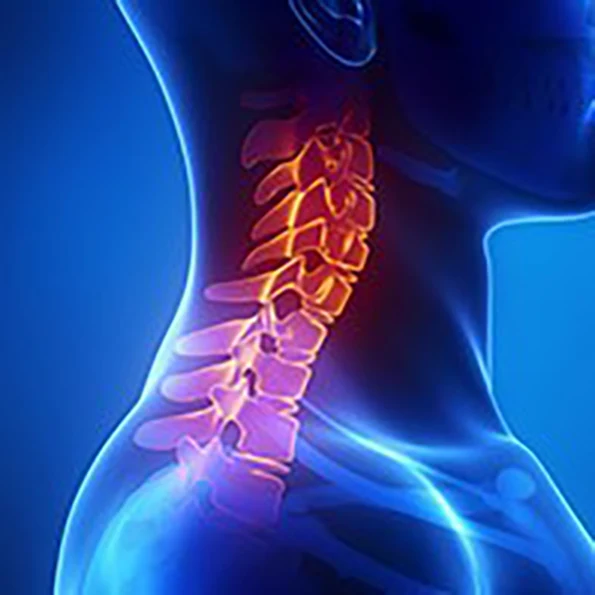1. Procedure Overview
Cervical spinal stenosis surgery is performed to relieve pressure on the spinal cord and nerves in the neck area caused by narrowing of the spinal canal. If left untreated, this condition can lead to numbness, weakness, difficulty walking, or even paralysis. Common surgical procedures include:
Anterior Cervical Discectomy and Fusion (ACDF): Removal of a damaged disc from the front of the neck, followed by fusion of the adjacent vertebrae.
Posterior Cervical Laminectomy: Removal of the lamina (part of the vertebra) from the back of the neck to widen the spinal canal.
Cervical Laminoplasty: Reshaping and repositioning of the lamina to decompress the spinal cord while maintaining spine stability.
Cervical Disc Replacement: In selected cases, the damaged disc is replaced with an artificial one to preserve movement.
The surgical approach depends on the location and extent of the stenosis, spinal alignment, and overall patient health.
2. Type of Anesthesia
The surgery is performed under general anesthesia.
3. Possible Risks and Complications
Infection
Bleeding
Nerve or spinal cord injury
Difficulty swallowing or speaking (especially in anterior approaches)
Failure of fusion (in ACDF)
Blood clots
Anesthesia-related complications
4. Hospital Stay Duration
Patients usually stay in the hospital for 1 to 3 days, depending on the surgical technique and post-operative recovery.
5. Important Post-Operative Care
Use of a neck collar or brace if recommended
Pain management and wound care
Physical therapy to restore mobility and strength
Avoiding heavy lifting and neck strain for several weeks
Follow-up imaging to ensure proper healing and alignment
Regular check-ups to monitor neurological function and recovery progress

